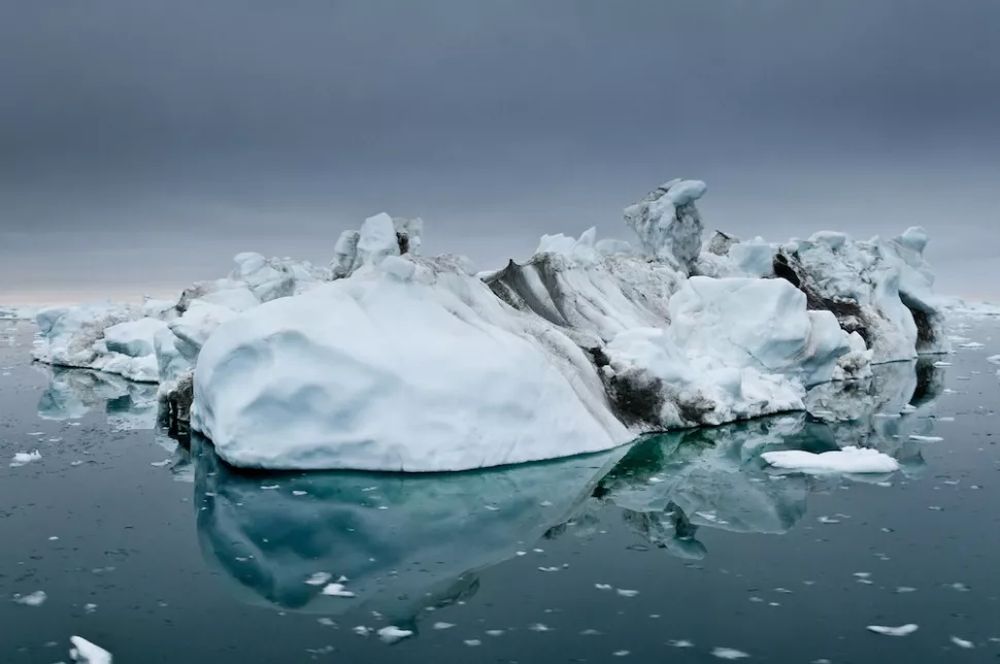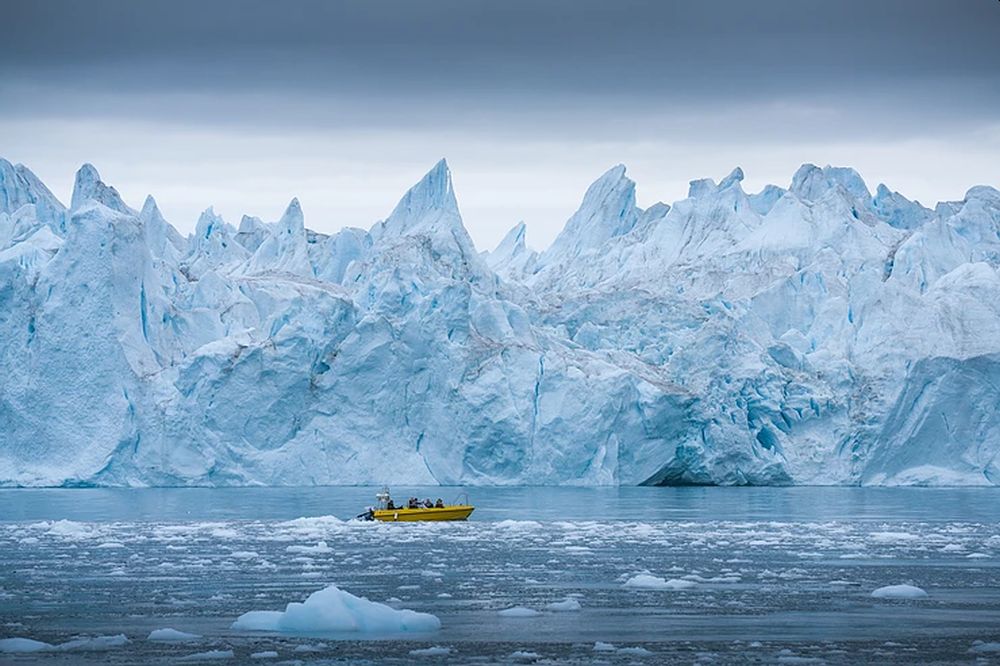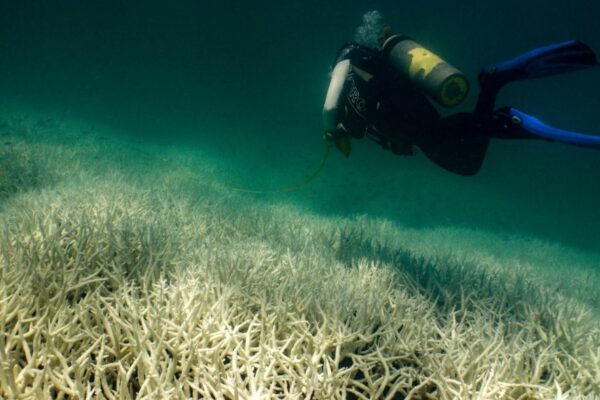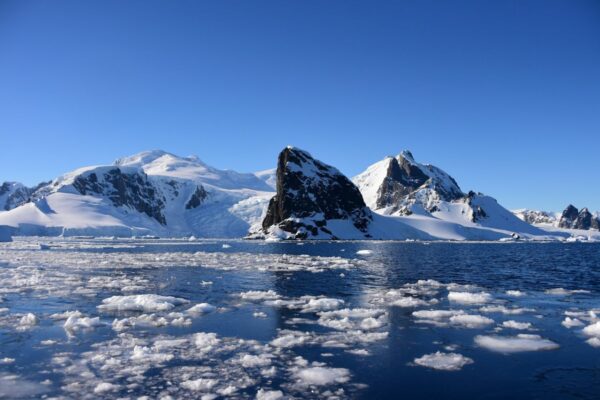New Study Suggests Glaciers Are Melting at a Faster Rate than Expected
A new study suggests that over the past 20 years, the earth’s glaciers are melting at a faster rate than expected due to climate change. Around 328 billion tons of melted water is poured into the world’s oceans every year.
The glaciers that were once considered to be permanent ice have declined in volume and are shrinking almost everywhere around the globe.
Half of the glacial loss is coming from the United States and Canada, a study suggested. Alaska’s glacier melt rate is the highest on the planet, with glaciers retreating about 115 feet a year.
A study published in the science journal Nature provided the most wide-range overviews of ice loss from 220,000 glaciers around the world. The study used high-resolution images from NASA’s Terra satellite from the year 2000-2019.
A team of international scientists has noticed glaciers, with exception of the Greenland and Antarctic ice sheets, losing 267 gigatonnes of ice every year.
The researchers reported that the glacier loss is now accelerating, with almost 227 gigatonnes of ice annually from 2000-2004. The rate has now increased to 298 gigatonnes per year from 2015.
The glacier melt is significantly impacting sea levels by 0.74 millimeters every year. Glaciers are relatively having a faster reaction to climate change, with glaciers in Greenland and Antarctica contributing more to sea-level rise.

Global warming has induced rapid glacier melting | Image: Ian Joughin
Scientists believe that the rising temperature is fueled by human-induced carbon emissions. It is hard to eliminate the fact that humans are more or less causing the glacial melt.
Zooming in the regions, authors have found that the regional climate change, especially variations in temperature and precipitation, have indicated a stark difference. Some regions are experiencing mass fluctuations and can last for about a decade.
It is interesting that the melting of the glacier will fuel two opposite effects – floods and drought. The accelerated glacier melting can cause a ‘sudden increase in the water level in rivers, which can cause flood in some areas, and later slow down the glacial water flow, causing draught’.
The glacial meltdown causes an imbalance in currents of the ocean’s cold and hot water, threatening to damage the ecological balance.

Glaciers are melting at a faster rate than expected due to climate change | Image: Albert Dros
World Glacier Monitoring Service Director Michael Zemp said that ten years ago glaciers were an indicator of climate change but now, they have become a memorial of climate change.
Also Read: Images Depicting Adverse Global Warming Effects on World’s Glaciers
Glaciers in Alaska, Iceland, the Alps, and the Himalayas are most impacted by melting. These are the areas experiencing rapid glacier melt.
Glaciers are increasingly losing mass, remaining a primary concern for future sea-level rise. To restore the glaciers, there needs to be a significant switch from fossil fuels to renewable energy sources.
Additionally, treaties like Global Black-Carbon or Global Carbon Tax can bring a significant change in the way corporations to work to reduce carbon emissions from their activity.
Via: Science Alert


